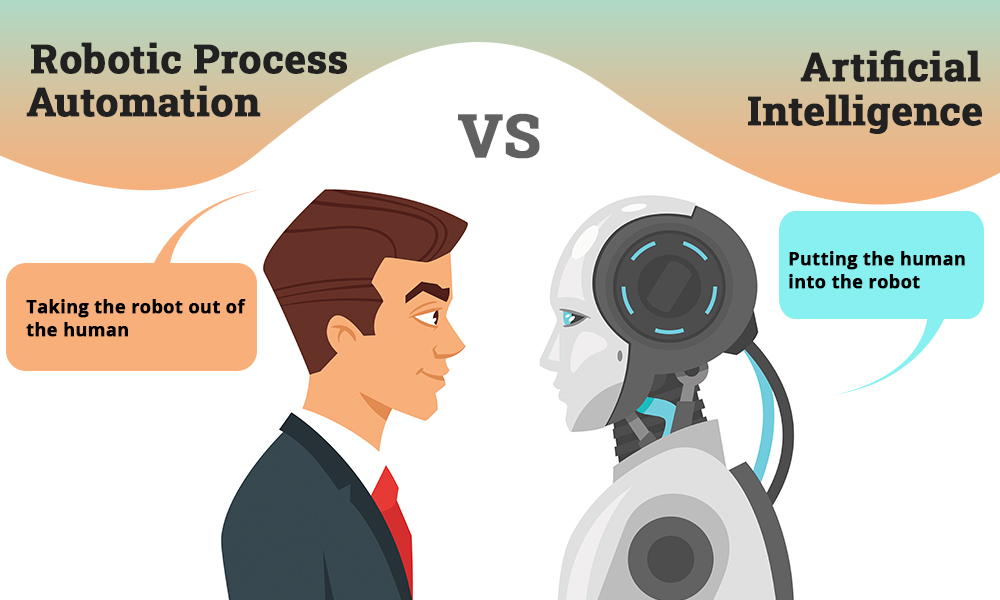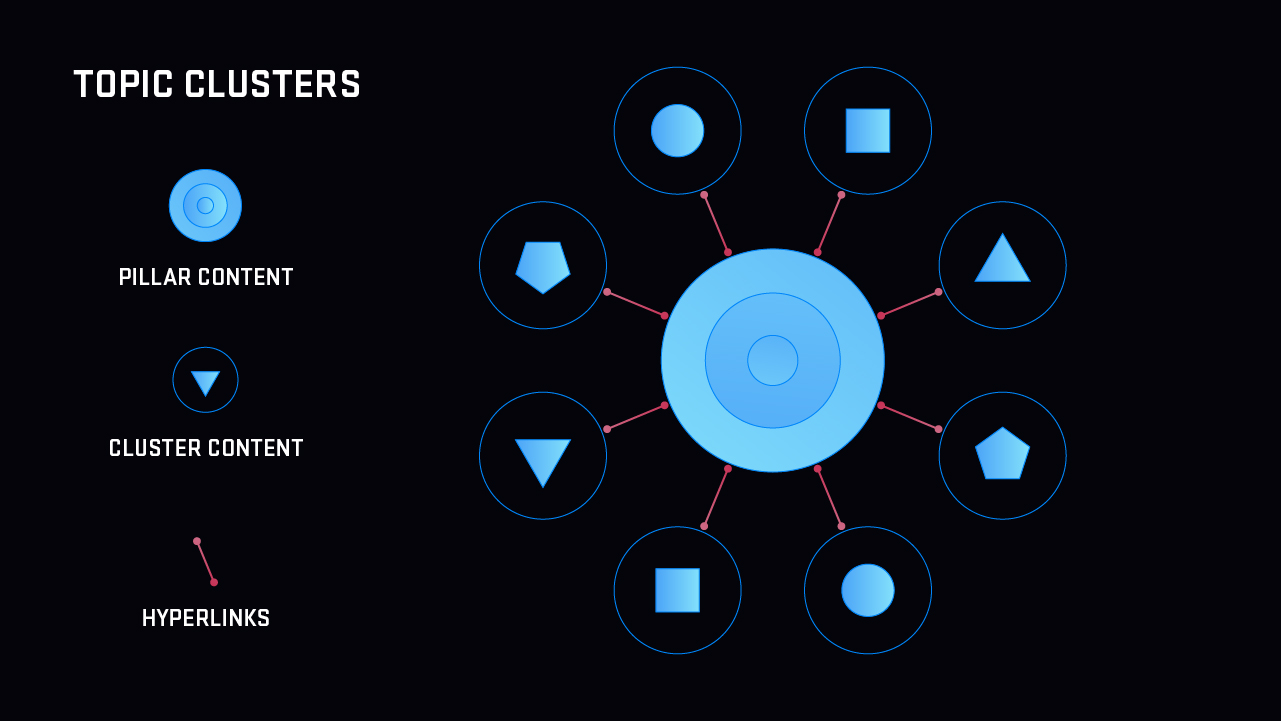
You must identify the types of people your content will appeal to in order to determine your audience's location. The distribution of content can be done through syndication and editorial communities, as well as paid and organic social networks. Content marketing focuses on identifying segments of your audience such as Millennials and Gen Xers. This will allow you to create a targeted distribution strategy that maximizes your ROI.
Social media
Social media content distribution is an important part of content marketing. A great way to get new followers is by promoting a brand or campaign. To be successful in social media marketing, you must focus on one message and channel your efforts so that the content reaches your target audience. Here are some tips for successful content marketing on social media:

Social media: Organic and paid
Your content can be shared on both paid and organic social media. However, organic social media can take time to achieve results and may require optimization. Paid social media campaigns are more likely to reach a wider audience and can be more effective in building brand awareness. They can also target specific audiences to push sponsored content to high-value prospects. Paid social media campaigns can be just as effective to increase exposure and get qualified traffic.
Syndication
Using syndication to distribute your content to different websites is a great way to increase your brand's visibility and boost your backlinks. Content syndication also allows you to adapt your content and repurpose it to reach a wider audience. Below are some of the ways you can use syndication. Let's begin by explaining what syndication is, and how it can help you. Let's start by discussing the benefits associated with syndication.
Editorial teams
You know how difficult it is to communicate your message via social media networks if you have ever distributed content there. Social networks such as Twitter and Facebook are great for sharing your content. However, it's important to go beyond the basics in order to be successful. You will need a solid editorial plan to ensure that your content is reaching the right people. Your editorial strategy will vary depending on the target audience. However, this basic formula should help get your content to them.

SEO
Marketing automation is the future in SEO content distribution. This method of distribution can be too costly for many SMBs but it is worth exploring. Marketing automation can offer a great path to the next technological breakthrough. Jumping in early will give your company an advantage over the rest. Below are three strategies SEO professionals use to make sure their content is distributed as widely as possible. Below are the benefits of each technique:
FAQ
How can you make a content marketing strategy that works?
To create an effective content marketing plan, first, determine what kind of content you want to produce. Then, decide who your target market is and how they use the internet. Next, you will need to identify the channels that are most likely to reach your target market. Then, select the appropriate keywords for each channel and create compelling copy for each piece.
Why is content so crucial?
Any digital marketing campaign needs to include content. To attract new customers, you must create value-added content. Blogging is the best way to achieve this. Blogging builds authority in your niche which makes you more trustworthy. This trustworthiness gives you credibility, which leads to higher search engine rankings. When you rank high in search engines, organic searches bring you traffic.
Do I need an agency to do Content Marketing?
No! It is possible to create high-quality content online with a variety of tools. Agency services are often expensive.
Why do I need to have a Content Marketing Strategy. Why not just post social media updates or send emails?
Two main reasons you might choose to ignore a Content Marketing Strategy.
-
You may think that social media posts or email marketing is enough to get people talking.
-
This type of content might not be practical if you haven’t yet tried social media posting or email marketing.
Both assumptions are incorrect.
Email marketing and postings on social media can be great ways of communicating with prospects and customers. However, they aren't enough by themselves.
An email campaign alone won't help you reach your goals. It should be part of a larger strategy. And social media posts alone won't help you achieve your goals either. They must be part of a comprehensive plan.
This is where a Content Marketing Strategy comes in. This strategy will help you manage the content creation process.
You'll have more time to concentrate on other important aspects of running your company, such as growing your audience and increasing conversions.
Even though Content Marketing Strategy has many benefits, it doesn’t make it easy.
However, a strategy is a key to success.
Statistics
- According to our research, 65% of companies with very successful content marketing in 2021 ran content audits at least twice a year. (semrush.com)
- In fact, would pay more for a better customer experience, and 86% of B2B buyers would pay more. (neilpatel.com)
- We found that 40% of businesses don't have a documented strategy yet. (semrush.com)
- Content marketing produces 3X more leads per dollar spent. Content marketing costs 62% less than traditional marketing. (criteo.com)
- Companies that use content marketing see approximately 30% higher growth rates than businesses not using it. (mailchimp.com)
- According to our research, brand awareness, attracting traffic, and generating leads remain the key content marketing goals in 2022. (semrush.com)
- According to the Content Marketing Institute, 70% of B2B marketers and 86% of B2C marketers surveyed use content marketing in some form or other. (criteo.com)
- Forty-seven percent of buyers view 3 to 5 pieces of content before engaging with a sales representative. (mailchimp.com)
External Links
How To
Informationgraphic creation tips for content marketing
Infographics are one of the most effective ways to explain complex concepts simply, making information easy to understand. Infographics can be used to communicate your message.
For creating an infographic you'll need software such as Adobe Illustrator and Photoshop. These programs are great for creating infographics. Once you have your design ready, upload images from Unsplash or Pixabay to add to it.
Online infographics can be a great source of inspiration. If you want to show calories in certain foods, then you can take a picture or diagram of a food pyramid, and add pictures of the foods. You might also want to calculate how many calories are in soda pop. This can be done by taking a picture with a bottle of Coke.
After you have created your infographic, it can be shared through social media channels such as Facebook and Twitter. This allows people to learn more about the concept, even if they aren't familiar. You can include hashtags in your infographic if you want to share it on social media. Hashtags allow users to follow along with conversations surrounding specific topics.
You can make infographics shorter if your posts are short. An average blog post will be between 2000 and 5000 words. An infographic, however, only needs 500 to 1000 words. This means that you can convey more information in a shorter space.
When designing your infographic, remember that some viewers may struggle to read small font sizes. Your graphics should be large enough in font size and not rely on too much color. It is important that all text is legible.
These are just a few additional tips.
-
Use an infographic template. There are many online templates that you can download or print. Canva and Piktochart are some of the most popular.
-
Your Infographic is ready. Create your infographic using the template. You can use any kind of media that you feel is appropriate for your audience. In this example, photos of Seattle restaurants might be used to create an infographic about Seattle's best restaurants.
-
Add Text. Add text once your infographic is created.
-
Add images. Images can be added to your infographic. These images could be photos, charts, graphs or icons. Make sure your picture is relevant to the topic you are adding.
-
Make It Interactive. You can also add interactive elements such buttons, maps, links, and other features. This will engage your audience.
-
Share. Share your infographic after you're done.
-
Measure. Do you know how well your infographic performed? Did they click through to your site? Are they signing up for your email newsletter? What was their reaction to your infographic?
-
Improve. Do you think there are ways to improve your infographics Do you think your infographic could be better?
-
Repeat. Do this again!